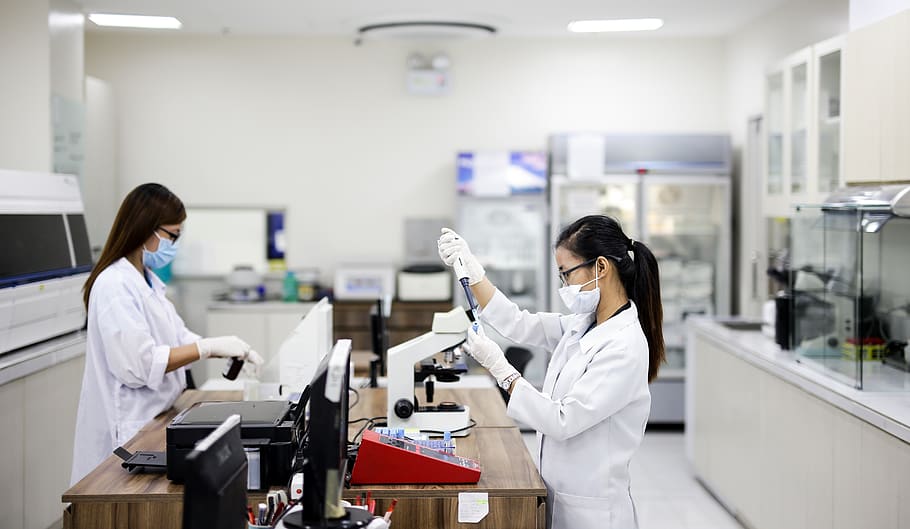
FDA acceptance for ELISA development is when the studies conducted are in complete compliance with the current standards. For ELISA method development and validation to be FDA approved, it must fit in the criteria like Safe, Effective, Precise, Specific and sensitive, Stability, Linearity, etc.
Let’s dive into the details of these parameters that you must understand to getting FDA acceptance:
Safety: How accurate are ELISA testing services results for measuring an analyte and risk of wrong test or format together defines safety. Risks are often defined by identifying false negatives, false positives, and incorrect results in blood typing.
Analytical validation of these parameters will help you determine whether your ELISA development service qualifies through the FDA’s safety criteria.
Effective: Whether the test results are relevant to clinical conditions and are clinically validated will define ELISA method validation effectiveness. Clinical validation is used to specify the inclusion criteria for human volunteers and is the most critical step for measuring the drug’s efficacy and safety for approval.
Specificity & Sensitivity: The lowest level of analytes that can be identified is the sensitivity and specificity are defined by verifies that the analyte of interest is detected correctly without cross-reactivity with other related molecules.
Precise: Precision includes reproducibility and repeatability of the ELISA method development. Interlaboratory trials can assess reproducibility. Validation of tests for the ELISA method and quantitative determination of impurities includes an investigation of precision.
Stability: Assess the analyte’s chemical stability in a given mixture as per the FDA guidelines. You can determine analyte stability in the presence of other drugs when drugs are administered as part of a specific drug regimen or a fixed combination.
Linearity: A linear relationship can be demonstrated directly on the drug substance by evaluating it across various analytical procedures. It should be assessed by visual inspection of a plot of signals as a function of analyte concentration or content.
Robustness: Robustness shows the reliability of an analyte in respect of variations done in testing parameters.
FDA also expects that the ELISA validation accountability can also be determined by the help of an SOP (standard operating procedure) and lab management. SOP covers a lab’s operations like staff responsibilities, quality assurance unit, test facility to perform research and well-maintained and calibrated equipment. ELISA method development must be completed under a defined study plan, and relevant documents should be saved for up to 20 years.
There are various other FDA acceptance criteria for ELISA Immunoassay development, validation, & testing. Understanding these criteria better allows ELISA testing services to become GLP Laboratory and enhance the overall quality management system of pre-clinical and clinical studies as per FDA maintained guidelines.
Understanding and maintaining FDA acceptance criteria ensures integrity, high consistency and quality in nonclinical safety tests, toxicity tests, uniformity, reproducibility, reliability, and physicochemical property studies. It will also allow labs to assess the therapeutic dose, safety profiles, and chemical efficacy of the tested drugs. ELISA assay development services can use the data and make the most of what they are doing about their current studies and experiments by following the FDA acceptance criteria mentioned above.